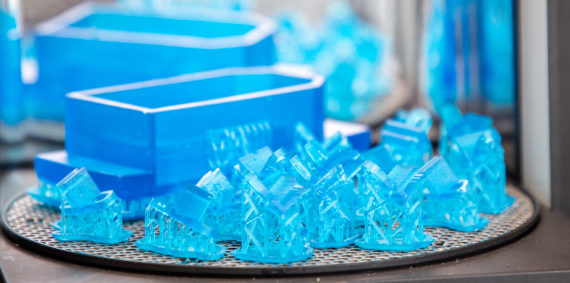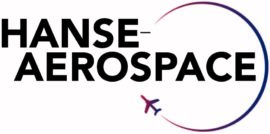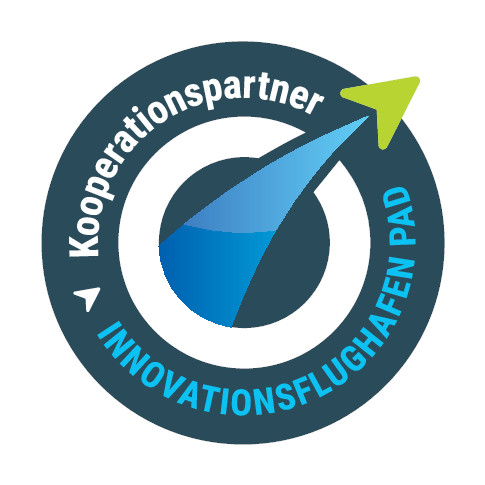Intelligent technical systems are complex products that are based on the interaction of mechanical, electrical, electronic systems and control and software technology. Practically each one of these systems therefore of necessity required wiring to be able to transmit information and/or electrical power to the corresponding locations. The interaction between a mechatronic system and its corresponding wiring harness leads to an integrative development of both products. The type of planning currently used at Jürgenhake means that the individual project phases are planned and processed independently of one another and hence inconsistencies can arise.
The aim of the itsowl-TTProNeu transfer project was therefore to devise a comprehensive process manual for the production planning of wiring harness groups. Here the focus was on the optimization of the production and planning work flows in new projects.





